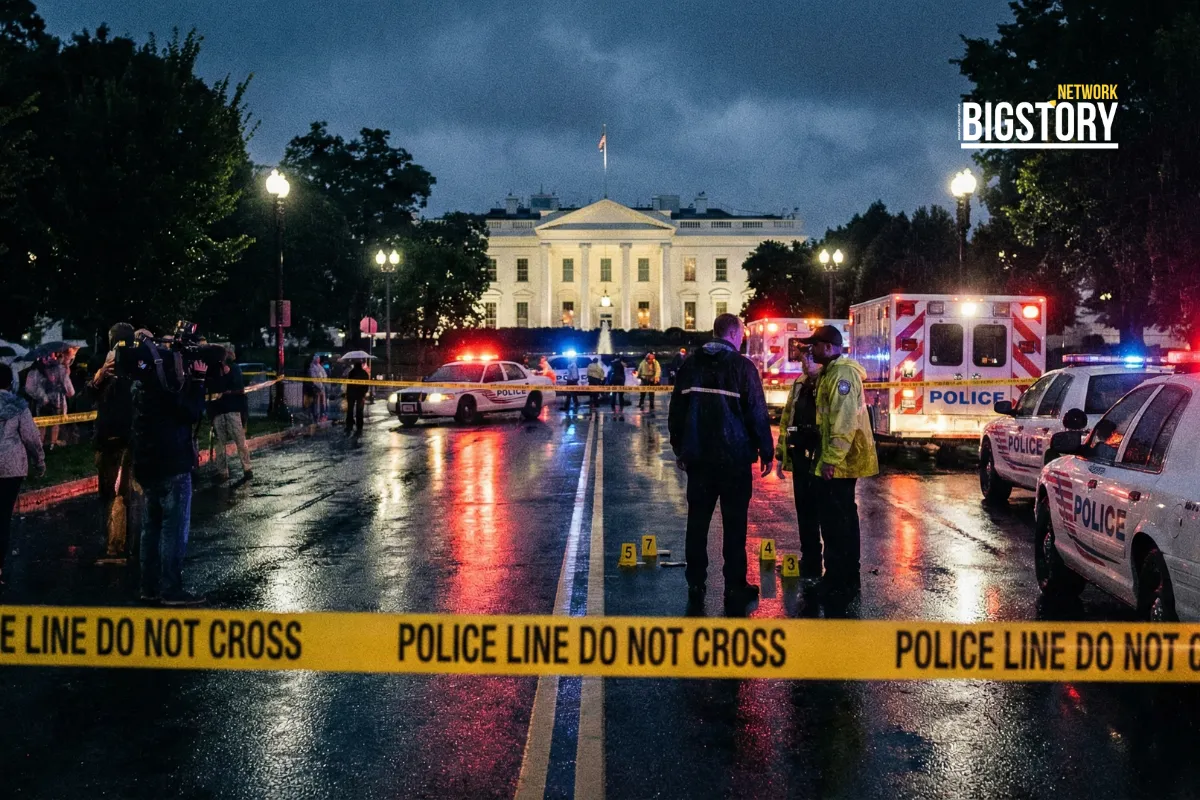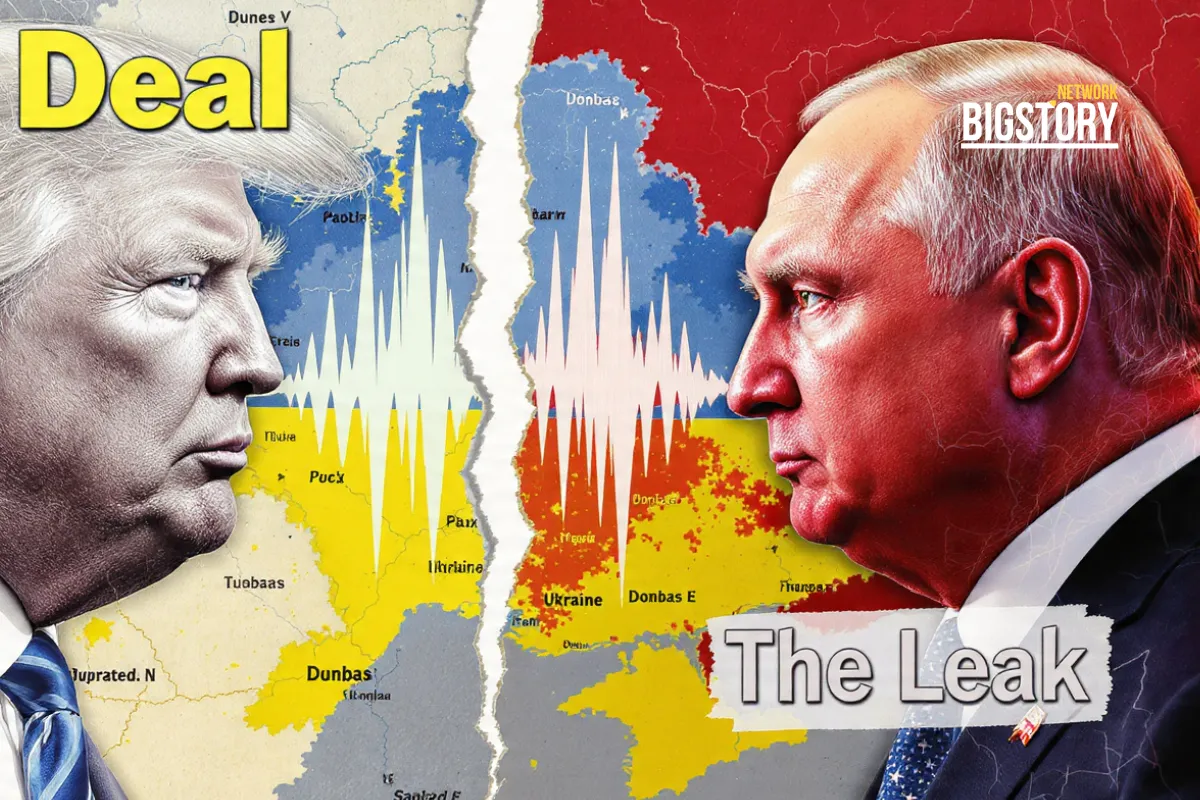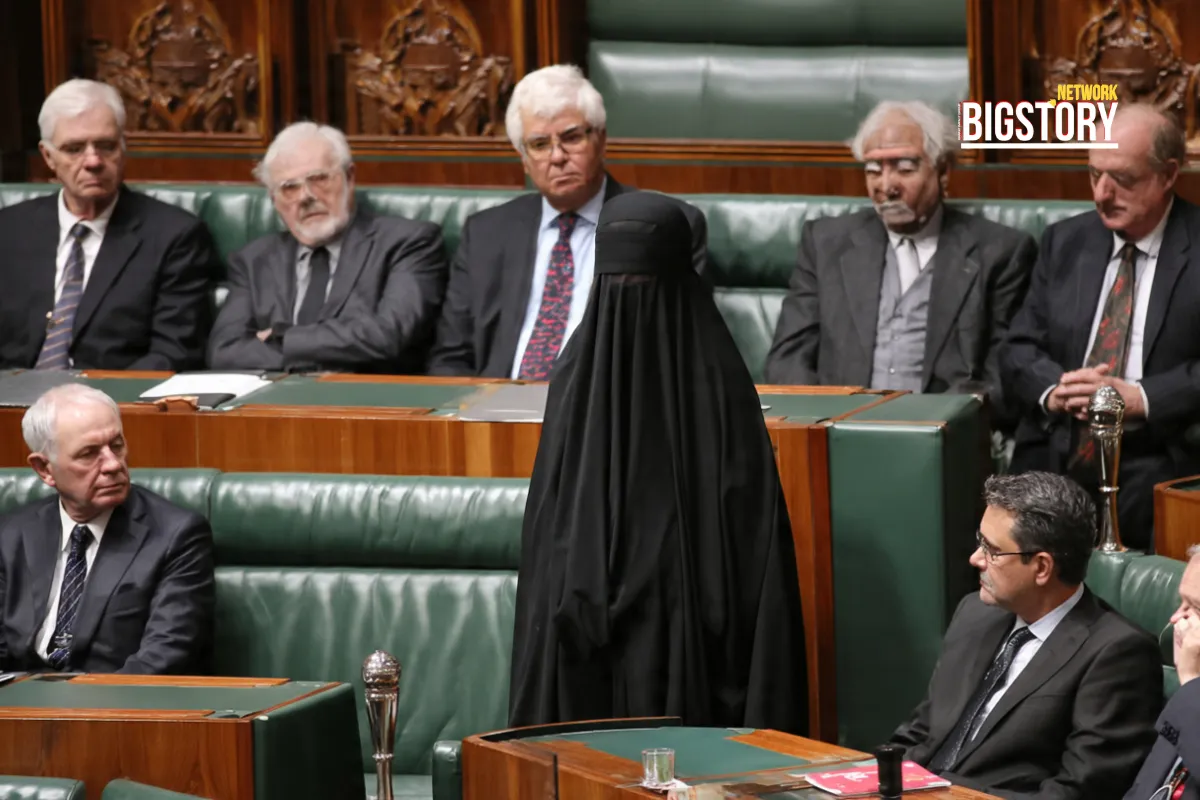US President Donald Trump on Thursday announced sweeping new tariffs on imports across multiple industries, citing the need to “stop the flooding” of foreign goods into America.
Effective October 1, 2025, the tariffs include:
- 100% on branded and patented pharmaceutical drugs, unless companies are building or constructing US plants,
- 50% on kitchen cabinets and bathroom vanities,
- 30% on upholstered furniture, and
- 25% on heavy trucks.
Trump made the announcement through posts on his Truth Social platform, stressing that companies investing in American manufacturing would be exempt from the pharmaceutical tariffs.
Background
The tariffs mark an expansion of Trump’s trade policy under Section 232 of the Trade Expansion Act of 1962, which allows tariffs on national security grounds. The Commerce Department began investigations into pharmaceuticals and heavy trucks in April 2025, with a furniture probe launched in August.
Trump had previously floated tariffs as high as 250% on drugs within 18 months, signaling that the September announcement could be the first stage of a broader escalation.
The stakes are high: the US imported $233 billion in pharmaceutical products in 2024, and nearly 90% of biotech companies depend on foreign components for at least half their approved drugs.
Official Statements
- White House: Press Secretary Karoline Leavitt defended the tariffs, asking: “Do we want our life-saving drugs and medicine and chips to be made in China or here in the United States of America? This is a common-sense policy.”
- Pharmaceutical Research and Manufacturers of America (PhRMA): Warned that tariffs would divert billions away from US manufacturing and drug development.
- Indian Government: Called the move “unfair, unjustified, and unreasonable,” highlighting its role as one of America’s top drug suppliers.
Market and Industry Reaction
The announcement rattled global markets, particularly in India, which supplies a large share of US medicines.
- Stocks: The Nifty Pharma index fell 2.54% on Friday. Sun Pharma plunged 5% to a one-year low, while Biocon, Cipla, and Dr. Reddy’s dropped between 2–3.3%.
- Analysts: “This is undoubtedly a big negative for pharma stocks in the short to medium term,” said Kranthi Bathini of WealthMills Securities, stressing the challenge of replacing supply chains.
- Companies: Multinationals rushed to expand US operations. Eli Lilly announced a $6.5 billion plant in Houston, adding to its $5 billion Virginia project, while other firms committed hundreds of billions to domestic production.
Broader Implications
- Healthcare Costs: Doubling branded drug prices could strain US patients, Medicare, and Medicaid budgets.
- Supply Chains: India supplies 45% of US generics, saving roughly $200 billion annually. If tariffs extend beyond branded drugs, Indian firms warn they may halt exports to the US.
- Geopolitical Risk: India, often called the “Pharmacy of the World,” provides one-third of US drug imports and 60% of global vaccines. Analysts caution that sidelining Indian suppliers could push the US closer to dependence on Chinese pharmaceuticals — undermining the very security concerns driving the tariffs.
- EU Tensions: The US reached a preliminary deal with the EU in July to apply 15% tariffs on pharmaceuticals, but it remains unclear how the new rules overlap with that framework.
 Sseema Giill
Sseema Giill
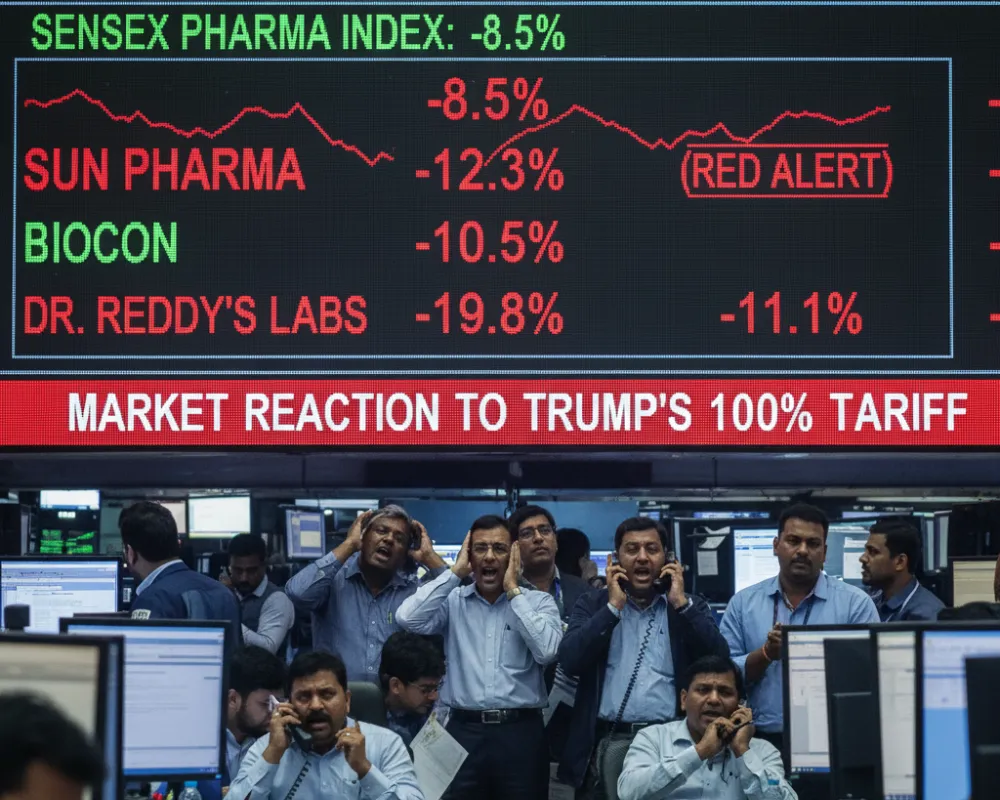

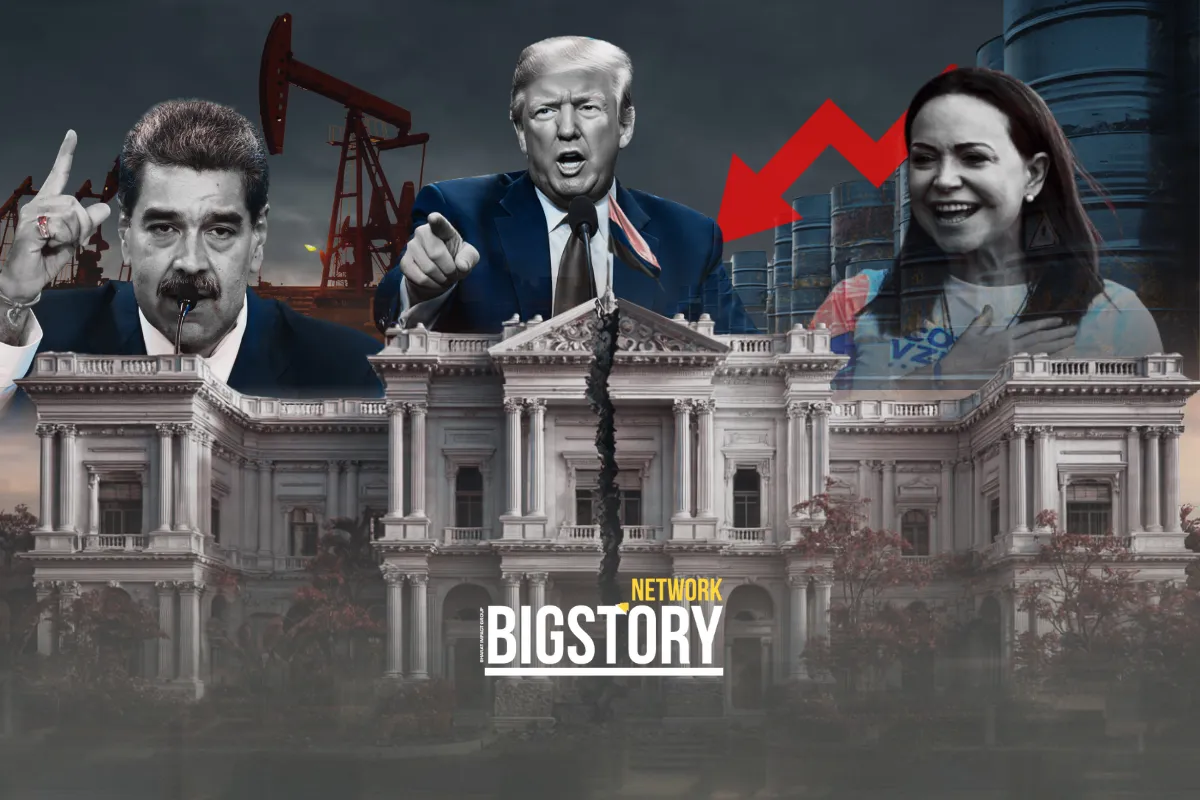




 Trending Now! in last 24hrs
Trending Now! in last 24hrs
